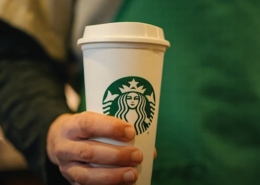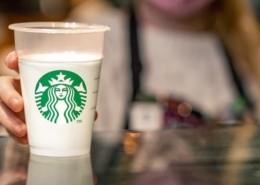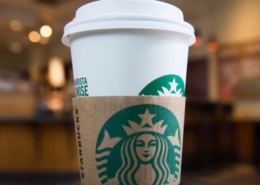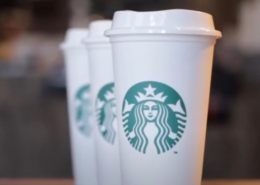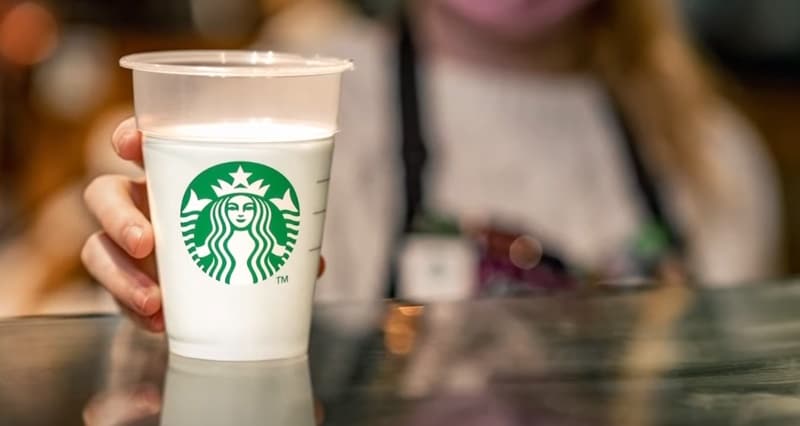Are Starbucks Cups BPA Free? Unveiling the Health Concerns Behind Your Coffee Cup
In the quest for a healthier lifestyle, many consumers question the safety of everyday items, including coffee cups.
This article delves into the concerns surrounding Bisphenol A (BPA) in Starbucks cups, a topic that has gained attention due to the potential health implications of BPA exposure. We explore the chemical composition of Starbucks cups, the company’s stance on BPA, and the broader implications for consumer safety and corporate responsibility.
Starbucks Cup Materials
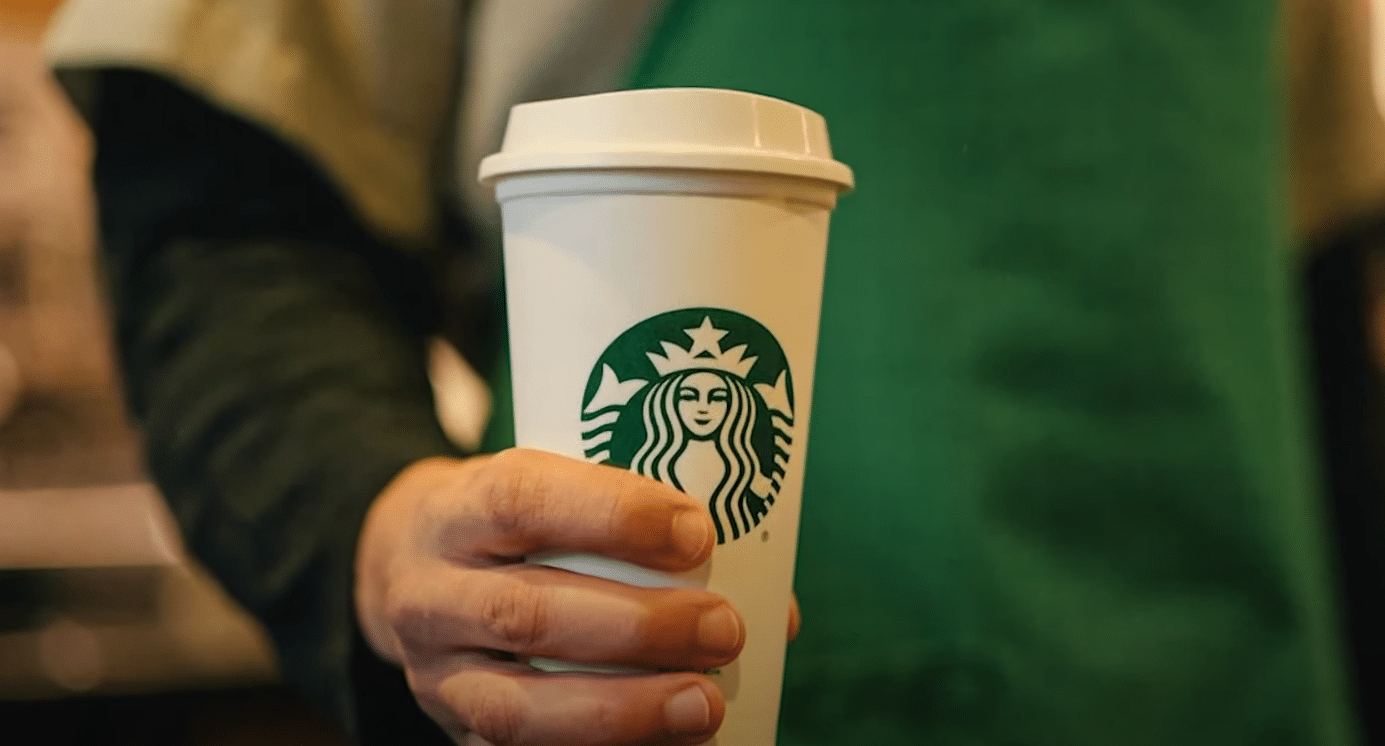
The Composition of Starbucks Cups
Starbucks is renowned for its coffee, but the cups that hold this beloved beverage are also worthy of attention. The Starbucks paper cup lining is a key feature, designed to keep your drink warm and safe. These linings are typically made from polyethylene plastic, which regulatory agencies consider safe for food contact.
While the outer layer of the cup is crafted from paper to provide insulation and ease of handling, the inner lining is crucial for preventing leaks and maintaining the quality of the drink. Starbucks has been proactive in ensuring that its cups meet health and safety standards, which include being free of BPA (Bisphenol A).
Starbucks’ Commitment to Sustainability and Safety
Starbucks has long emphasized its dedication to sustainability and the safety of its products. The company ensures its cups are designed with environmental and consumer health considerations. Starbucks’ approach to product safety includes addressing concerns such as whether their plastic cups are safe for hot drinks, the safety of their paper cups, and the use of PFAS in their products.
- Are Starbucks plastic cups safe for hot drinks? Starbucks has taken steps to ensure that its plastic cups can withstand the temperatures associated with hot beverages.
- Are Starbucks paper cups safe? The paper cups are subjected to rigorous testing to meet safety standards.
- Are Starbucks reusable cups safe? These cups are designed for longevity and safety, reducing the need for single-use cups.
- Do Starbucks cups have PFAS? Starbucks is committed to reducing and eventually eliminating PFAS from its products to ensure customer safety.
Starbucks’ efforts to provide safe and sustainable cup options reflect their broader commitment to environmental stewardship and public health. The company’s proactive stance on these issues demonstrates a responsible approach to consumer products.
The Starbucks Safety Promise: BPA-Free Assurance
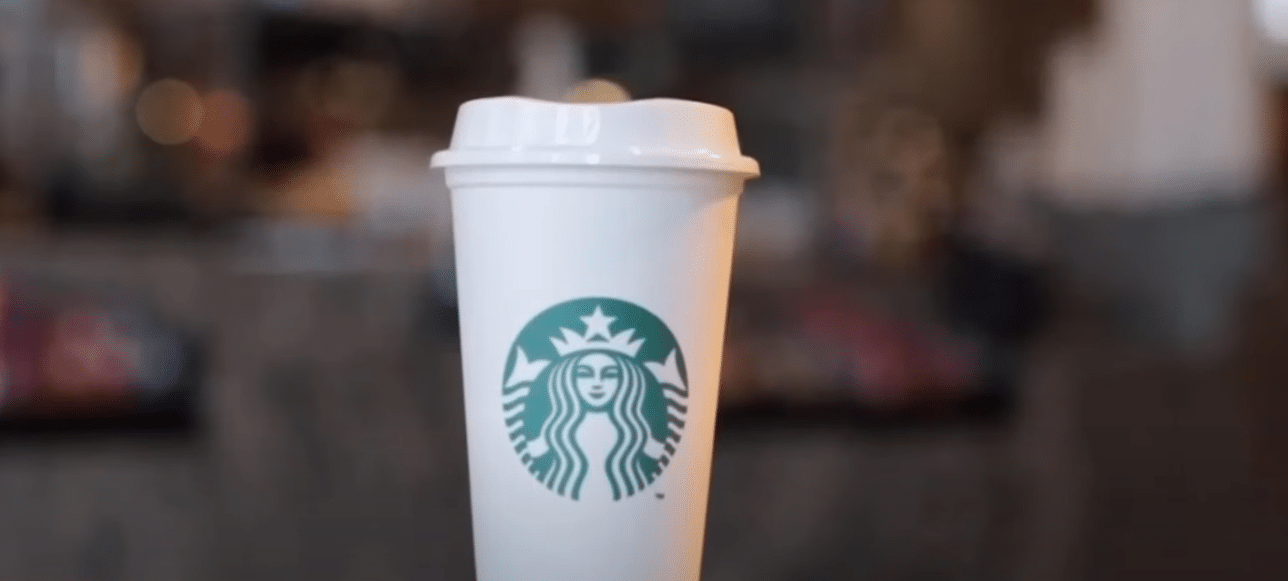
Starbucks’ Stance on BPA in Their Products
Starbucks has been at the forefront of addressing health concerns related to Bisphenol A (BPA) in its products. Consumers frequently ask whether Starbucks disposable cups are BPA BPA-free and Starbucks plastic cups BPA BPA-free.
The company has taken a clear stance on this issue, ensuring that all their cups, including the popular, Starbucks reusable cups BPA-free, meet stringent safety standards.
In response to growing health concerns and consumer advocacy, Starbucks has also confirmed that specialized items such as are Starbucks K cups BPA free and are Starbucks studded tumblers BPA free. This commitment extends across their entire range of products, reflecting their dedication to customer health and safety.
Starbucks’ proactive approach to eliminating BPA from their products demonstrates their commitment to consumer health, aligning with the public’s demand for non-toxic materials in food and beverage containers.
Its communication and marketing strategies show the company’s efforts to maintain transparency and build consumer trust. However, it’s worth noting that Starbucks has faced criticism, as highlighted by a recent lawsuit alleging deceptive marketing practices related to their ethical commitments.
Transparency and Consumer Trust
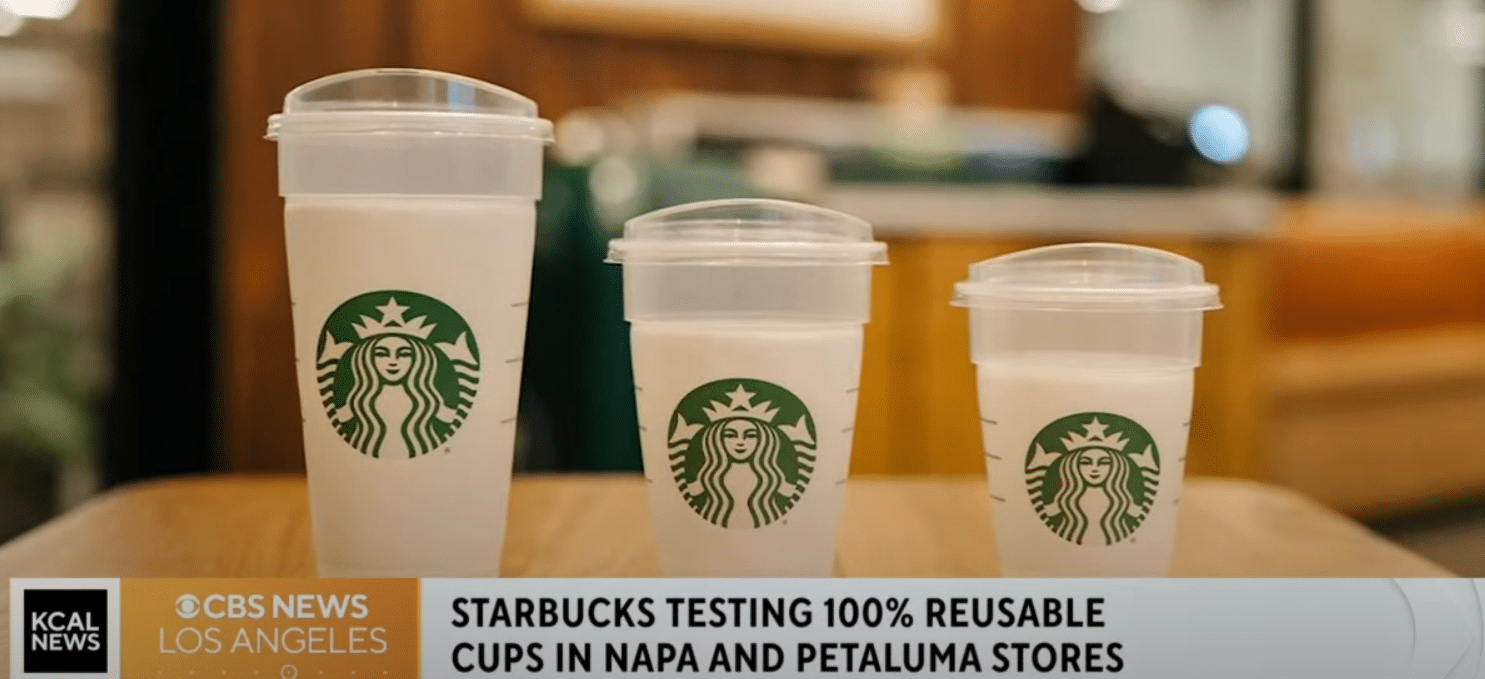
Transparency is paramount in consumer goods, particularly those that come into contact with our food and beverages. Starbucks understands that trust is not given lightly; it is earned through consistent communication and a clear demonstration of safety practices.
To foster this trust, Starbucks has ensured that its customers are well-informed about the materials used in their products. This includes:
- Detailed information on cup composition and sourcing
- Clear labeling of BPA-free products
- Access to safety data and research findings
By providing customers with the necessary information to make informed decisions, Starbucks reinforces the bond of trust. This approach benefits the consumer and sets a standard for industry practices, encouraging other brands to follow suit.
Understanding BPA: A Deep Dive into Chemical Safety
What is BPA, and Why is it Controversial?
Bisphenol A, commonly known as BPA, is an industrial chemical used to make certain plastics and resins since the 1960s. These plastics are often used in containers that store food and beverages, such as water bottles and other consumer goods.
BPA is controversial because of concerns about its potential effects on the brain, behavior, and prostate gland in fetuses, infants, and children. Additionally, there are worries about its possible impact on human health, including its role as an endocrine disruptor.
- BPA is found in polycarbonate plastics and epoxy resins.
- Polycarbonate plastics are often used in containers that store food and beverages.
- Epoxy resins coat the inside of metal products, such as food cans, bottle tops, and water supply lines.
Regulatory agencies have set safety standards for BPA, but debates continue over the adequacy of these regulations. The controversy is fueled by studies linking BPA exposure to a variety of health issues, leading to increased public scrutiny and demand for BPA-free products.
Health Implications of BPA Exposure
The effects of BPA exposure can be categorized into short-term and long-term impacts on health. Short-term exposure to BPA is often associated with a range of acute symptoms, including hormonal disruptions, changes in behavior, and potential effects on metabolism.
For long-term exposure, the concerns are more profound. Studies have linked BPA to chronic health issues such as cardiovascular diseases, diabetes, and reproductive disorders. The table below summarizes the potential health effects based on the duration of exposure:
| Exposure Duration | Potential Health Effects |
|---|---|
| Short-Term | Hormonal disruptions, behavioral changes, metabolic effects |
| Long-Term | Cardiovascular diseases, diabetes, reproductive disorders |
It is crucial to understand that the severity and likelihood of these effects can vary based on individual susceptibility and the level of exposure. Vulnerable populations, such as pregnant women and children, may be at greater risk.
The debate over BPA’s safety continues as new research emerges, highlighting the need for ongoing scrutiny and updated regulatory standards to ensure consumer safety.
Conclusion
In summary, whether Starbucks cups are BPA-free is more than just a query about a coffee container; it’s a concern that touches on broader health implications.
As consumers, we have the right to be informed about the materials used in the products we use daily, especially those that come into contact with our food and drinks. While Starbucks has taken steps to ensure the safety of its cups, individuals must remain vigilant and advocate for transparency and safety in all consumer goods.
The discussions around BPA in Starbucks cups remind us of the importance of consumer awareness and the impact of our choices on our health and the environment.
Frequently Asked Questions
Are Starbucks cups BPA-free?
Yes, Starbucks has stated that their cups are BPA-free, ensuring that customers can enjoy their coffee without concerns about BPA exposure from their cups.
What is BPA, and why is it controversial?
BPA, or bisphenol A, is a chemical commonly used to produce plastics and resins. It is controversial due to its potential health effects, as it can mimic estrogen and may lead to hormonal disruptions when humans are exposed to it.
What materials are used in Starbucks cups?
Starbucks cups are typically made from paper with a thin plastic lining to prevent leaking. The company ensures that the materials used are safe and sustainable, aligning with its commitment to environmental responsibility.
How do Starbucks cups compare to other brands regarding safety and sustainability?
Starbucks is known for its sustainability efforts and has committed to reducing waste and improving the recyclability of its cups. Regarding safety, Starbucks cups are BPA-free, a standard many other brands also follow.
What are the health implications of BPA exposure?
BPA exposure has been linked to various health issues, including hormonal disruptions, reproductive harm, and increased risk of certain cancers. However, the level of risk depends on the amount and duration of exposure.


